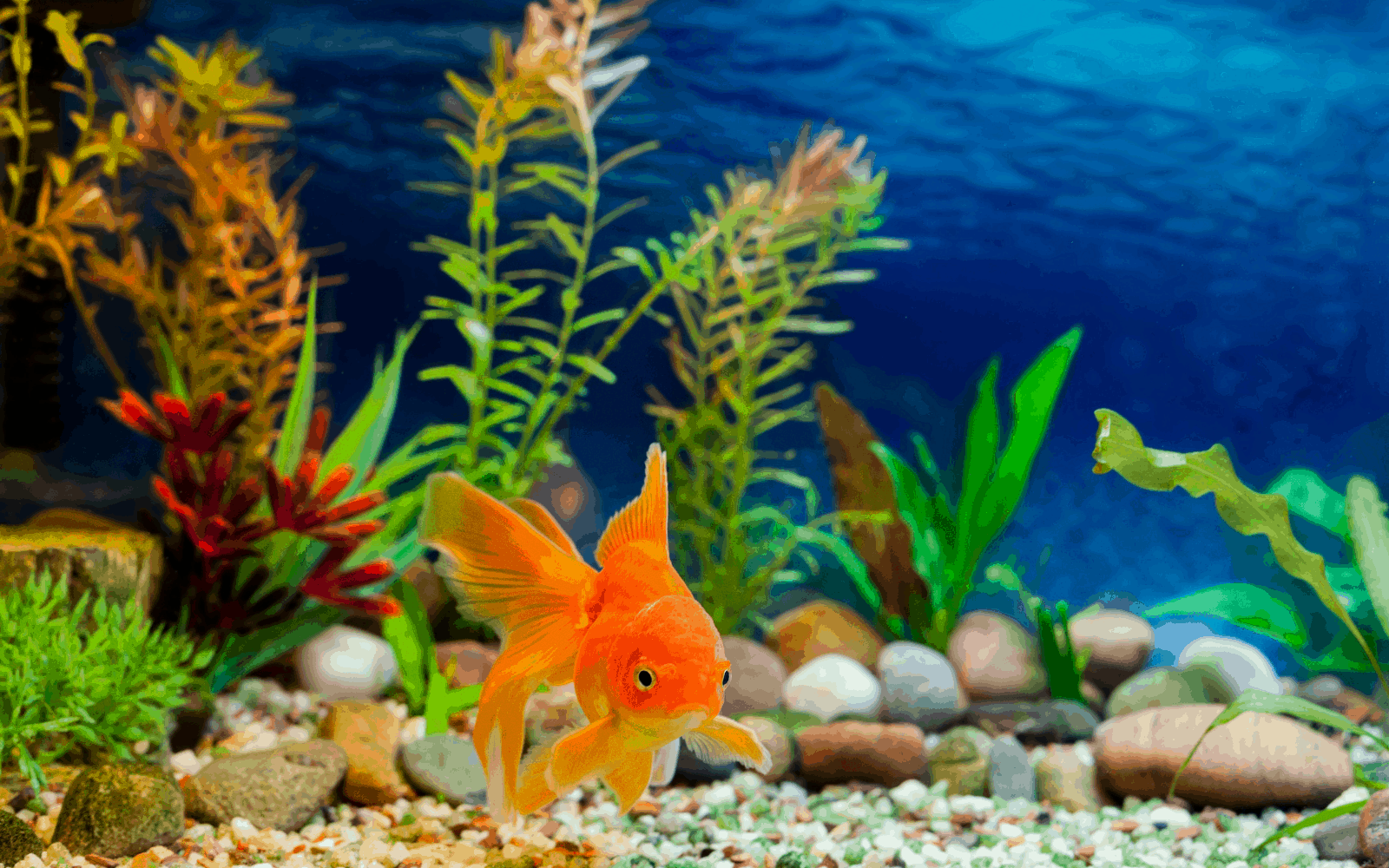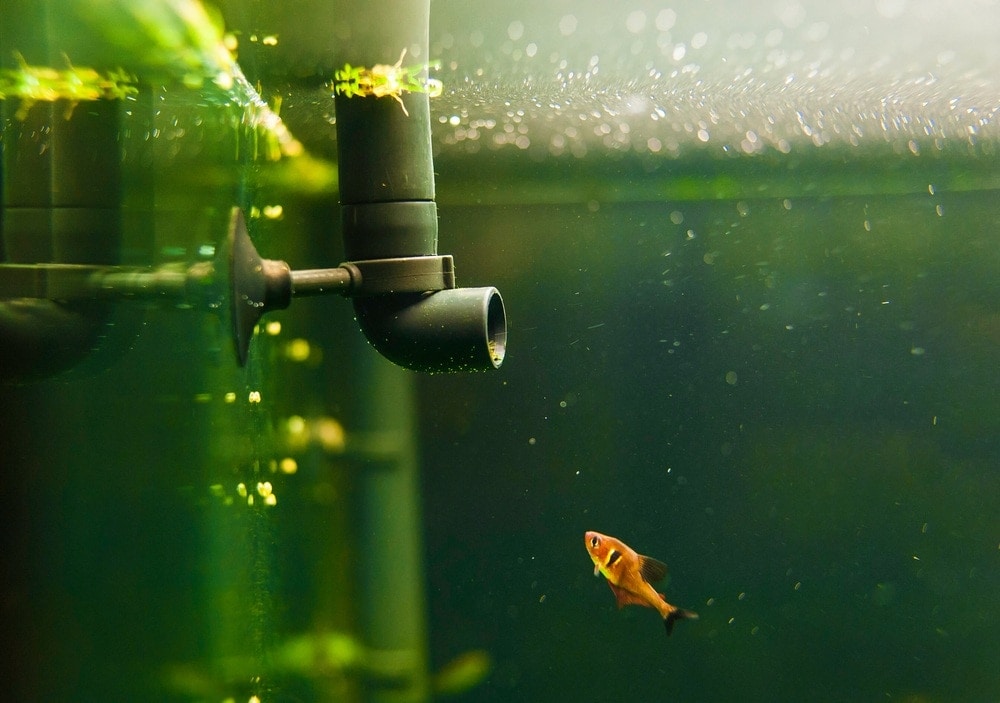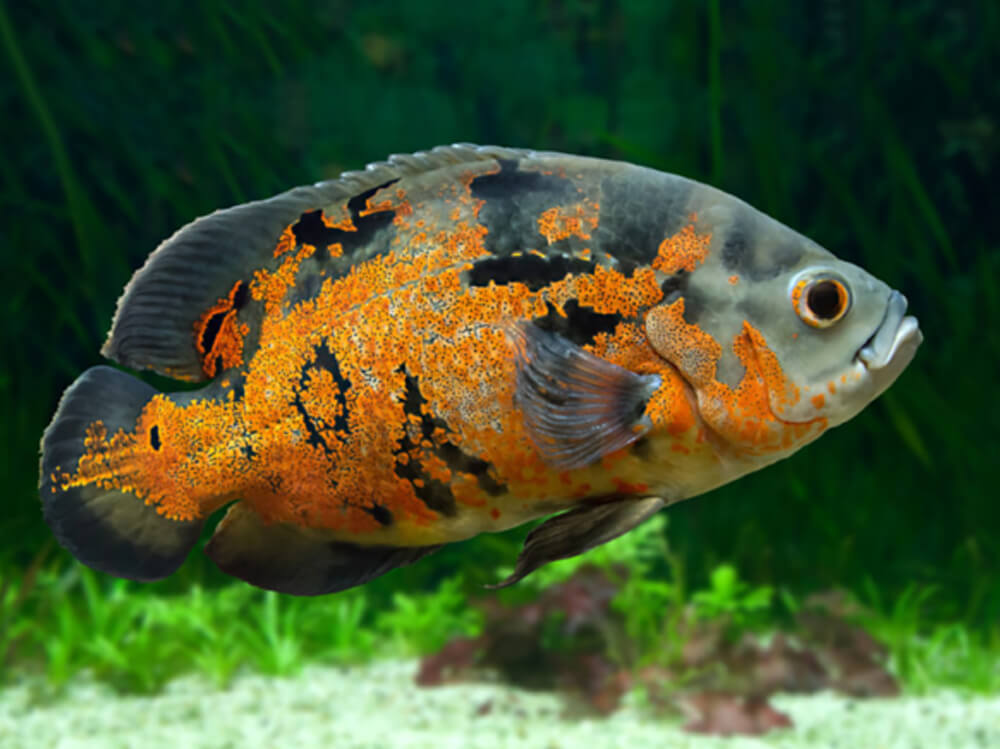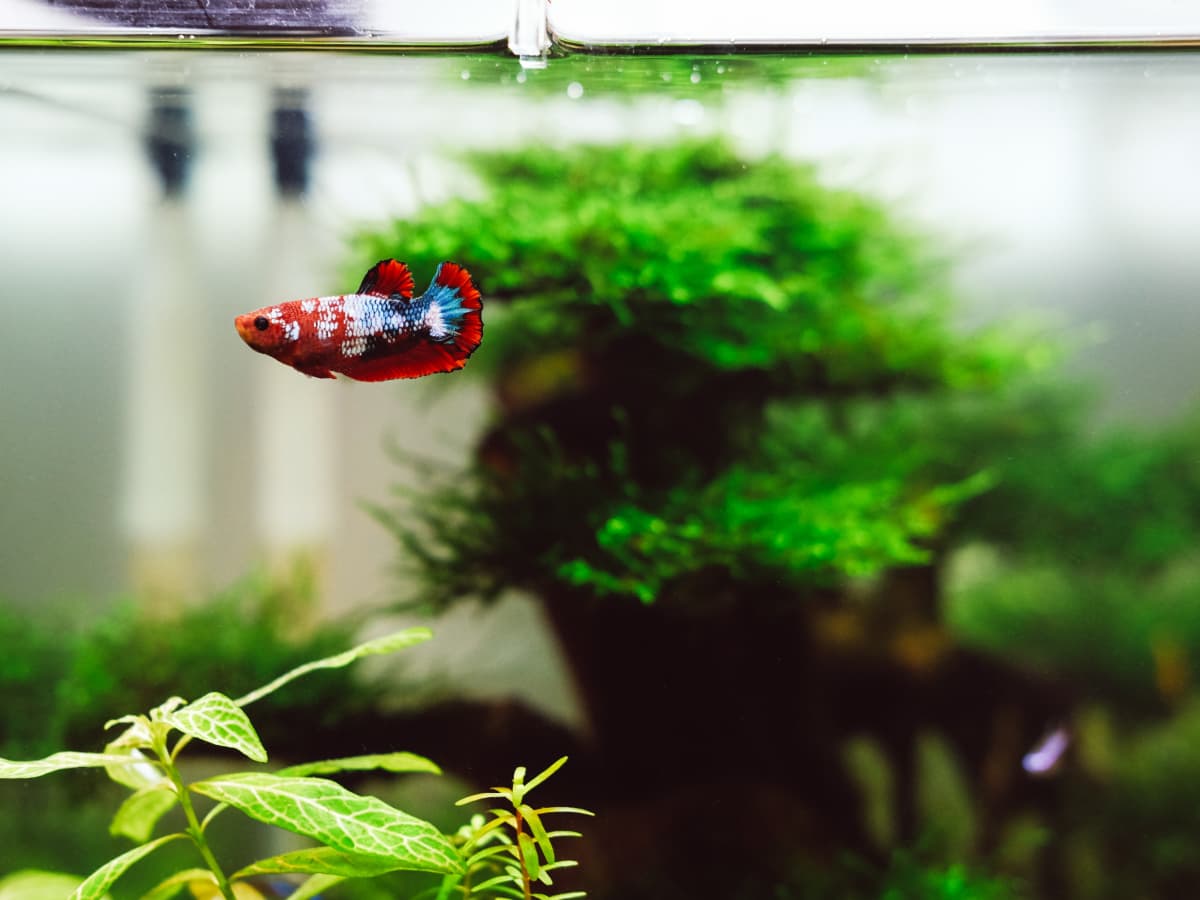Understanding the Impact of Ammonia
Ammonia is a common concern for fish tank enthusiasts, as it can be harmful or even fatal to fish if not properly managed. Ammonia is produced through the biological processes of fish waste, uneaten food, and decaying plant matter. In a healthy aquarium, beneficial bacteria break down ammonia into less harmful substances. However, if the tank becomes overcrowded or the filtration system is inadequate, ammonia levels can spike, posing a serious threat to the fish. High ammonia levels can lead to stress, illness, and even death among the tank’s inhabitants.

Testing Ammonia Levels
Regular testing of ammonia levels is crucial for maintaining a healthy fish tank environment. Ammonia test kits are readily available at pet stores and online retailers. These kits typically include testing vials, dropper bottles of testing solutions, and color charts to interpret the results. When conducting ammonia tests, it’s important to follow the instructions carefully and use a reliable test kit. Monitoring ammonia levels on a weekly basis, especially in new or heavily stocked aquariums, allows for early detection of any spikes and enables prompt action to mitigate potential harm to the fish.
Establishing Proper Filtration
A well-functioning filtration system is essential for controlling ammonia levels in a fish tank. The filtration process involves mechanical, biological, and chemical components that work together to remove waste and maintain water quality. Mechanical filtration removes debris and solid waste, while biological filtration utilizes beneficial bacteria to convert ammonia into nitrites and then nitrates. Chemical filtration, often using activated carbon, helps to remove residual impurities from the water. Ensuring that the filtration system is appropriately sized and properly maintained is vital for preventing ammonia buildup and promoting a healthy aquatic ecosystem.
Performing Regular Water Changes
Regular water changes are an effective way to reduce ammonia levels and maintain overall water quality in a fish tank. As part of routine maintenance, partial water changes of about 10-20% should be conducted every one to two weeks, depending on the stocking density of the tank. During water changes, old water and debris are siphoned out, and fresh, dechlorinated water is added to dilute any accumulated ammonia. It’s important to match the temperature and pH of the replacement water to the existing tank water to minimize stress on the fish. Proper and consistent water changes help prevent ammonia from reaching harmful concentrations and ensure a healthy environment for aquatic life.

Controlling Feeding Habits
Overfeeding is a common source of excess ammonia in fish tanks. Uneaten food decays and contributes to ammonia production, so controlling feeding habits is essential for managing ammonia levels. It’s advisable to feed fish small amounts of food at regular intervals and observe how quickly they consume it. Any uneaten food should be removed promptly to prevent it from decomposing and releasing ammonia into the water. By monitoring feeding habits and adjusting portion sizes accordingly, fish owners can minimize the organic waste that leads to ammonia accumulation, promoting better water quality and fish health.
Introducing Live Plants
Live aquatic plants play a beneficial role in reducing ammonia levels in fish tanks. Through a process called photosynthesis, live plants absorb ammonia, nitrates, and other waste compounds as nutrients, effectively competing with harmful bacteria for these substances. Additionally, plants release oxygen and help stabilize pH levels, creating a more natural and balanced aquatic environment. Adding live plants to a fish tank not only enhances its aesthetic appeal but also contributes to the biological filtration process, reducing ammonia and promoting a healthier ecosystem for fish and other aquatic organisms.

Utilizing Beneficial Bacteria Products
Supplementing a fish tank with beneficial bacteria products can help establish and maintain a healthy biological filter, ultimately reducing ammonia levels. These products contain live cultures of nitrifying bacteria that boost the aquarium’s ability to process ammonia and nitrites effectively. Liquid bacterial additives or specially designed filter media can be add to the tank to seed the biological filter or replenish bacteria populations after water changes or other disturbances. When introducing beneficial bacteria products, it’s important to follow the manufacturer’s instructions and monitor water parameters to ensure that the bacterial colonies establish and function as intended.
Avoiding Overstocking
Overstocking a fish tank can lead to excessive bio-load, resulting in increased waste production and ammonia accumulation. To prevent ammonia-related issues, it’s crucial to research and adhere to recommended stocking guidelines for each species of fish and consider the adult size and territorial behavior of the fish. A balanced and appropriate fish population ensures that the biological filtration capacity of the tank can effectively manage the waste generated. By avoiding overstocking and maintaining a harmonious fish community, fish keepers can help prevent ammonia spikes and provide a healthier living environment for their aquatic pets.

Addressing Ammonia Spikes
In the event of an ammonia spike, immediate action is necessary to protect the fish and restore water quality. If ammonia levels rise unexpectedly, perform an emergency water change of up to 50% to rapidly dilute the ammonia concentration. Use a dechlorinator to treat the replacement water and ensure that it matches the temperature and pH of the tank. Additionally, check the filtration system for any malfunctions or clogging, and consider adding fresh filter media or replacing existing media that may be contributing to the ammonia issue. Continuous monitoring and follow-up testing are essential to confirm that ammonia levels have returned to safe parameters.

Conclusion
Maintaining optimal water quality and controlling ammonia levels are fundamental aspects of responsible fish tank ownership. By understanding the causes and consequences of ammonia buildup, fish keepers can implement proactive measures to eliminate ammonia and safeguard the health and well-being of their aquatic inhabitants. Regular testing, proper filtration, water changes, feeding management, and the strategic use of live plants and beneficial bacteria are key strategies for mitigating ammonia-related risks. By prioritizing these practices and staying attentive to the condition of the aquarium, fish enthusiasts can create a thriving aquatic environment where fish can flourish and thrive.










